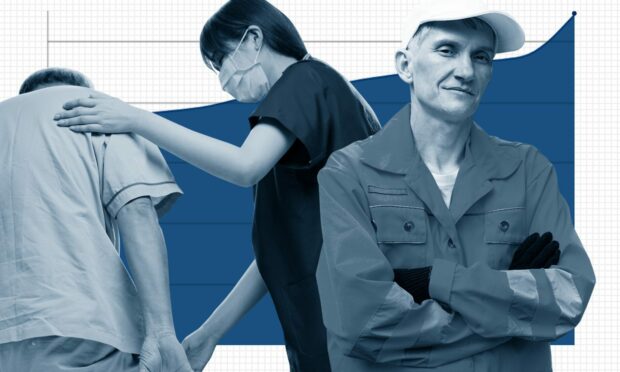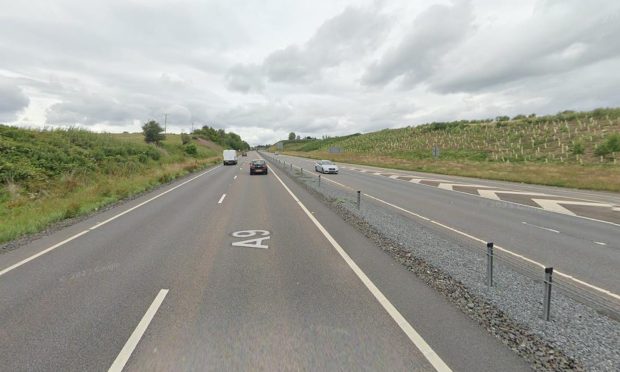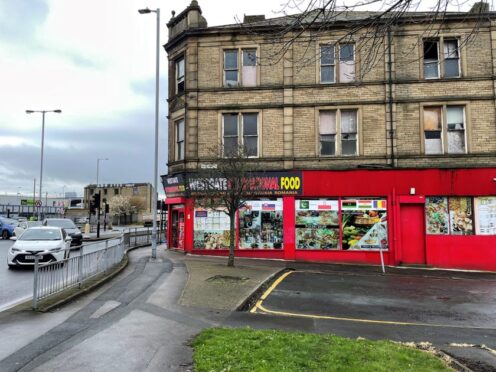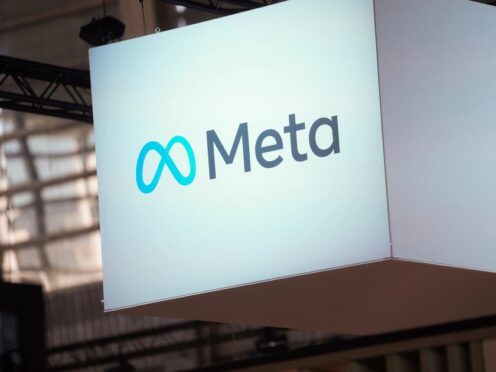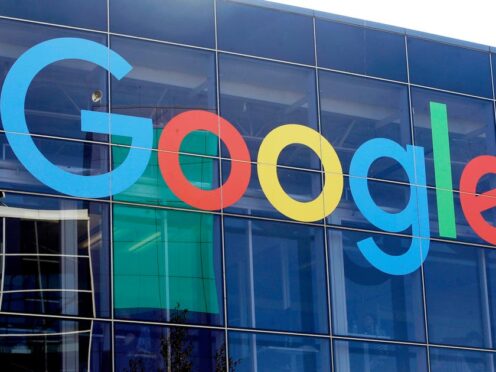As people think more about the cost of living as bills and mortgage rates continue to rise, being paid the real cost of living has become more important than ever.
Cost of living wages are different to minimum wage – it is voluntary and up to employers if they want to pay the living wage base line.
A new hourly rate is released each year, and it determines what people should be paid in order to be able to afford a decent level of living.
We’ve looked at the Annual Survey of Hours and Earnings (ASHE) to see how things have changed over the past 10 years.
We have also looked at whether people living in Tayside and Fife are earning the real living wage, and how it differs in each area.
What is the living wage?
It’s calculated annually by independent think tank The Resolution Foundation, and is aimed to reflect what a person needs to earn to be able to afford a decent living.
Companies can be accredited as a living wage employer, which means that all directly paid staff receive a living wage. It is a voluntary higher rate of base pay.
The living wage is different from the national minimum wage, which is compulsory – it is illegal to pay staff under the national minimum wage.
The below chart shows the change in livable wage throughout the years.
It is clear that as the years have gone on, there has been a steady increase in what is considered to be a livable wage.
A rise is expected, as costs for other vital services also continue to rise with inflation each year.
How is it calculated?
It is also worked out on each hour worked, which means the annual salary for a person working 37.5 hours would be £21,255.
This year, the announcement of the UK living wage was brought forward to September 22, and has increased more steeply compared to previous years due to the high inflation rates, caused by rising energy costs and the war in Ukraine.
In the Calculating the Real Living Wage for London and the rest of the UK report by Living Wage Commission chairman Gavin Kelly in September this year, he states: “Rising prices have, not surprisingly, generated by some way the largest ever increase in Living Wage rates both in percentage and cash terms. The new rates are now worth almost £3,000 more per year across the UK than the minimum wage for a full-time worker, and almost £5,000 more in London.
“In keeping with the pattern last year, and contrary to the trends in the immediate prepandemic period, there has been more upward pressure from prices in the UK rate than in London. For instance, rents and childcare costs have risen faster outside London.”
Are people in Tayside and Fife earning the real living wage?
Despite not every employer being accredited under the living wage scheme, many employers do pay employees a fair wage which means they either reach the threshold of living wage, or earn above it.
Across Scotland, only 14.4% of people in 2021 did not get paid a living wage, which is the lowest percentage there has been since 2012.
The below chart shows the proportion of people who either earn or do not earn it in each council area across Tayside and Fife.
Data is currently only available until 2021.
As the chart shows, Angus has the highest proportion of people who do not earn the wage, at 22.3% in 2021, although this is better than in 2014, the highest percentage given, where 32.8% of people did not reach the threshold.
Dundee had the lowest percentage of people in Tayside and Fife who were not earning the wage, at 10.2%. This means that 89.8% of people were earning either the threshold, or more.
Meanwhile Perth and Kinross saw a fall in the percentage of people who were not earning a livable wage in 2021, while the percentage rose in Fife.
